Shell Indonesia Divests Fuel Retail Network to Citadel Pacific and Sefas, Retains Lubricants Amid Strategic Realignment
In a move underscoring its evolving global portfolio strategy, Shell Indonesia $SHEL.L announced the sale of its fuel retail business to a joint venture between Citadel Pacific Limited and Sefas Group. The transaction involves approximately 200 petrol stations and a fuel storage terminal in Gresik, East Java. Shell will, however, retain its lubricants business in the country, emphasizing its continued presence in high-margin segments of the energy market.
The deal, expected to close by next year, is part of Shell’s broader effort to restructure its downstream operations and focus on areas that align more closely with its energy transition objectives.
Inside Shell’s Portfolio Transformation
The decision reflects Shell’s global strategy to optimize capital allocation, streamline operations, and enhance shareholder value while adapting to new energy dynamics.
Key Elements Driving Shell’s Indonesian Exit from Fuel Retail:
Portfolio Optimization: Shell aims to divest assets that fall outside its long-term strategic focus, especially in downstream segments facing tight competition and shrinking margins.
Energy Transition Priorities: Redirecting investments toward cleaner energy solutions and decarbonization paths.
Market Competitiveness: Indonesia’s fuel retail sector is dominated by state-owned Pertamina and aggressive local players, limiting room for international operators.
Focus on Core Strengths: Shell retains its lubricants division, which continues to deliver strong performance and brand value in the industrial and automotive sectors.
Capital Recycling: Funds from the sale are expected to support Shell’s low-carbon projects and higher-return businesses across Asia and beyond.
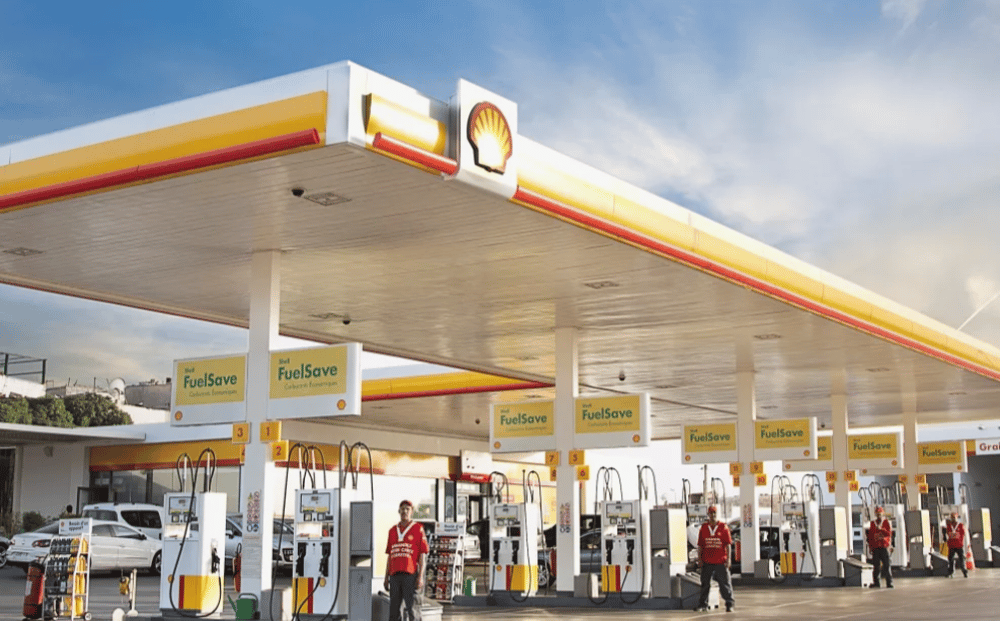
Momentum Behind the Buyers
The acquiring joint venture, formed by Citadel Pacific, a Philippines-based energy and infrastructure group, and Indonesia’s Sefas Group, brings together regional operational expertise and local market access.
Citadel Pacific has a strong track record in fuel distribution and retail infrastructure across the Asia-Pacific region.
Sefas Group offers extensive in-country logistics and energy marketing capabilities, which could prove instrumental in managing the scale of Shell's former network.
This acquisition signals growing interest from regional players in legacy energy infrastructure, especially assets previously owned by multinationals seeking to pivot toward sustainable ventures.
Transformative Trends Redefining the Sector
Shell’s exit is emblematic of a broader pattern in the Southeast Asian fuel retail space, where international oil companies (IOCs) are recalibrating their exposure amid regulatory shifts and environmental pressures.
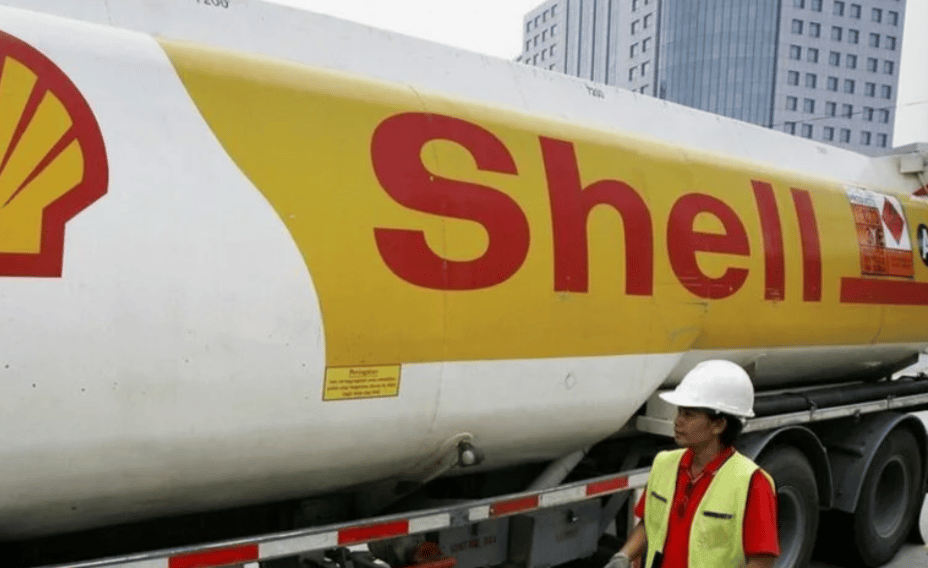
Industry Themes to Monitor:
Rising capital demands for EV infrastructure, reducing appetite for traditional fuel investments
Emergence of regional champions acquiring global divestitures
Greater integration of digital payment systems in fuel retail networks
Growth in value-added services, such as convenience retail and fleet solutions
Pressure on multinationals to meet emissions targets by trimming carbon-heavy portfolios
Navigating a New Operational Map
Divestment scope: 200 fuel stations + Gresik storage terminal
Shell keeps lubricants division in Indonesia
Focus shift to energy transition and high-margin verticals
Citadel Pacific and Sefas strengthen regional fuel footprint
Completion expected by 2025, pending regulatory approval
Shell Indonesia’s strategic exit from its fuel retail business illustrates the shifting calculus of global energy companies navigating a new era of decarbonization and regional competition. While the divestment marks the end of Shell’s direct retail fuel operations in Indonesia, its continued focus on lubricants and cleaner energy segments highlights a disciplined reallocation of resources toward long-term growth areas. Meanwhile, the acquisition by Citadel Pacific and Sefas Group underscores the rising influence of regional players reshaping Southeast Asia’s energy map.


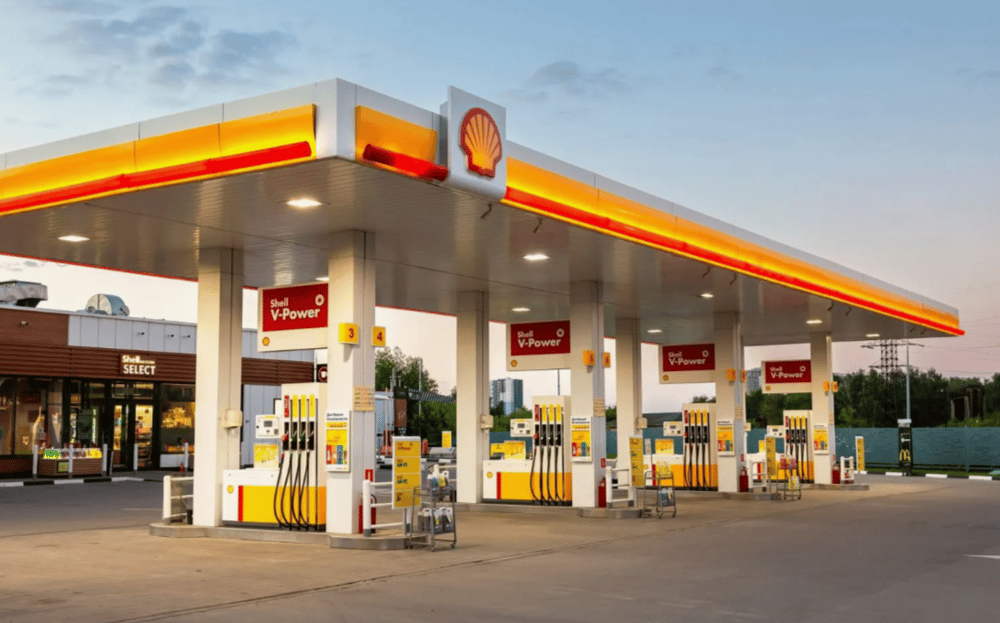
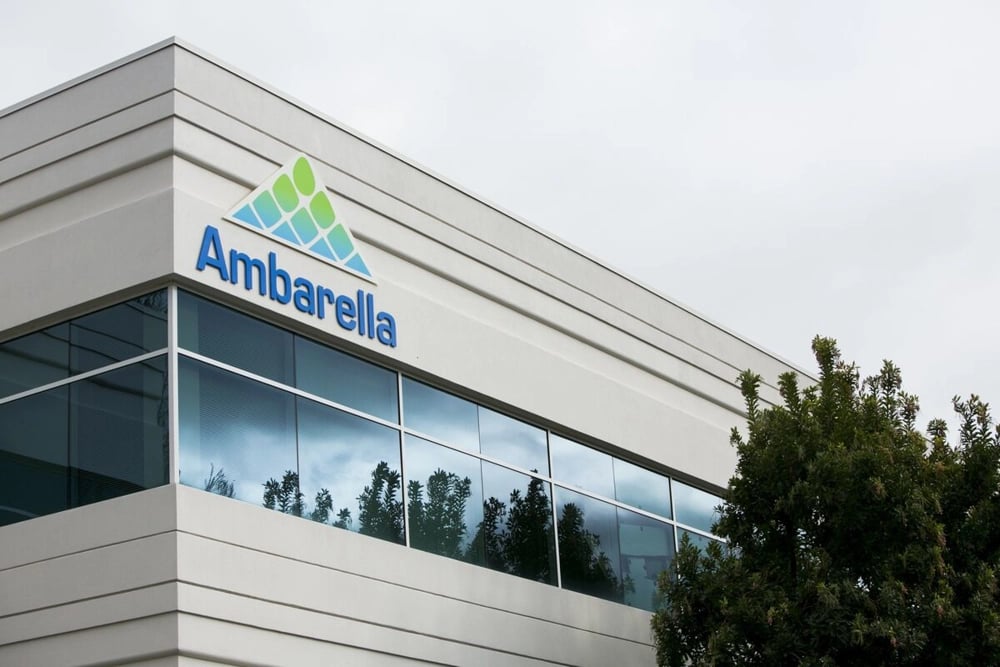
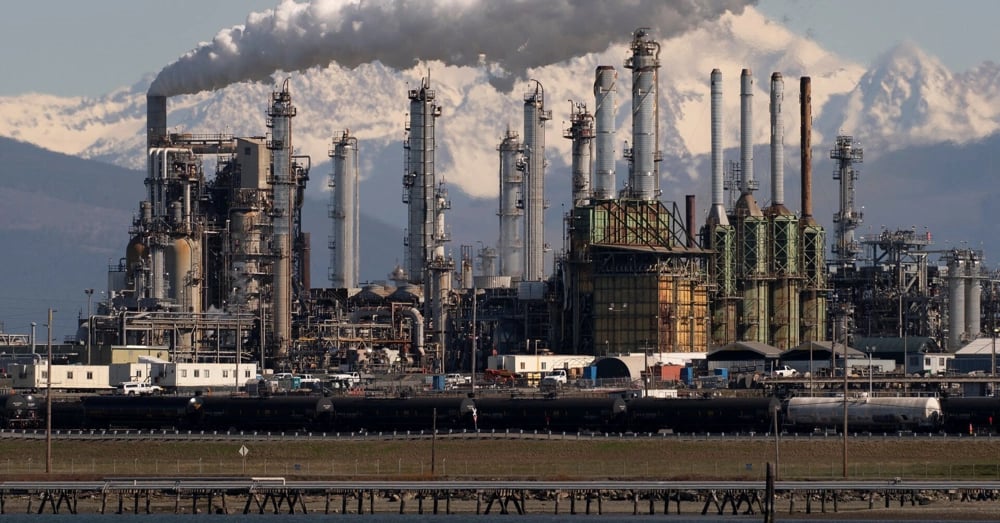




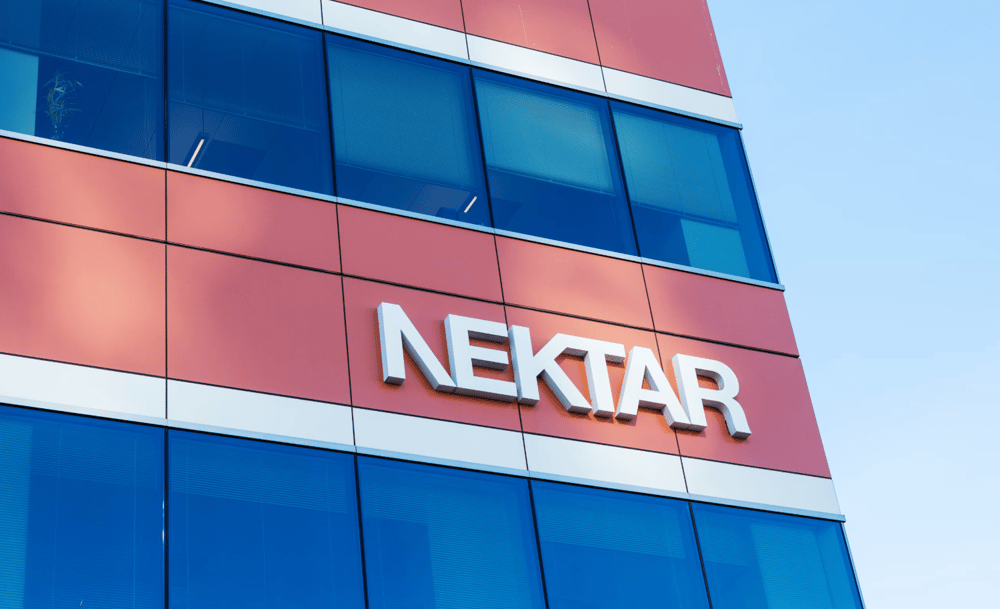
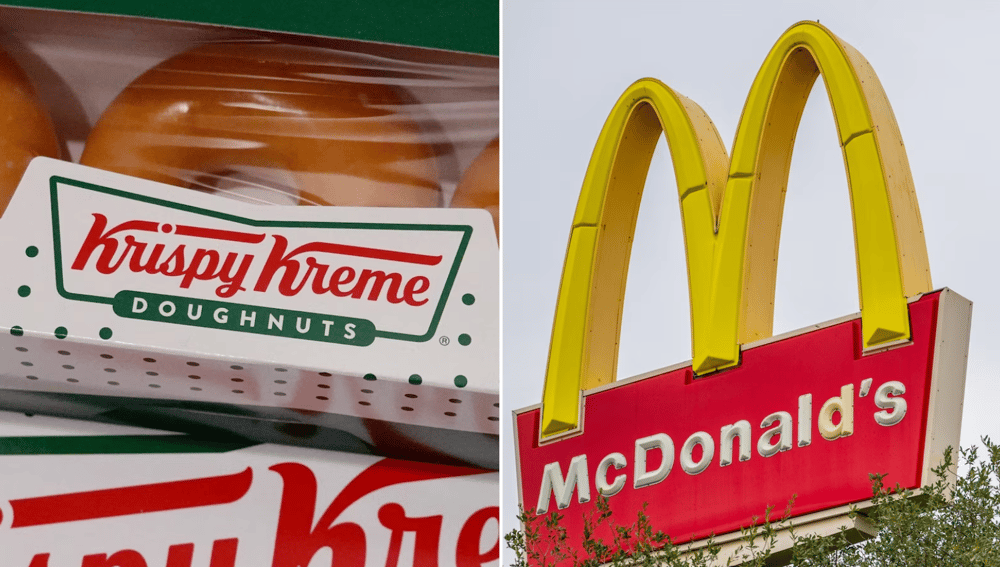


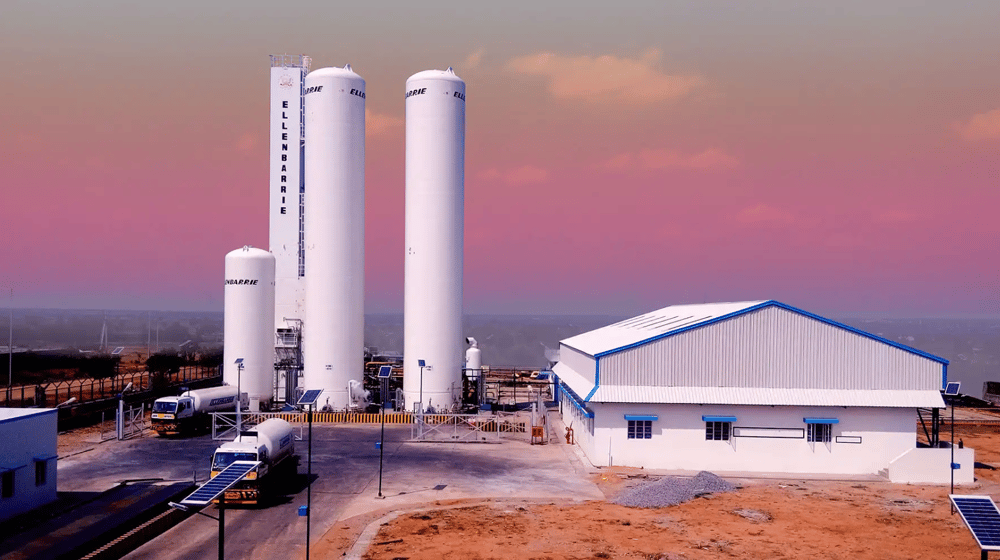

Comments